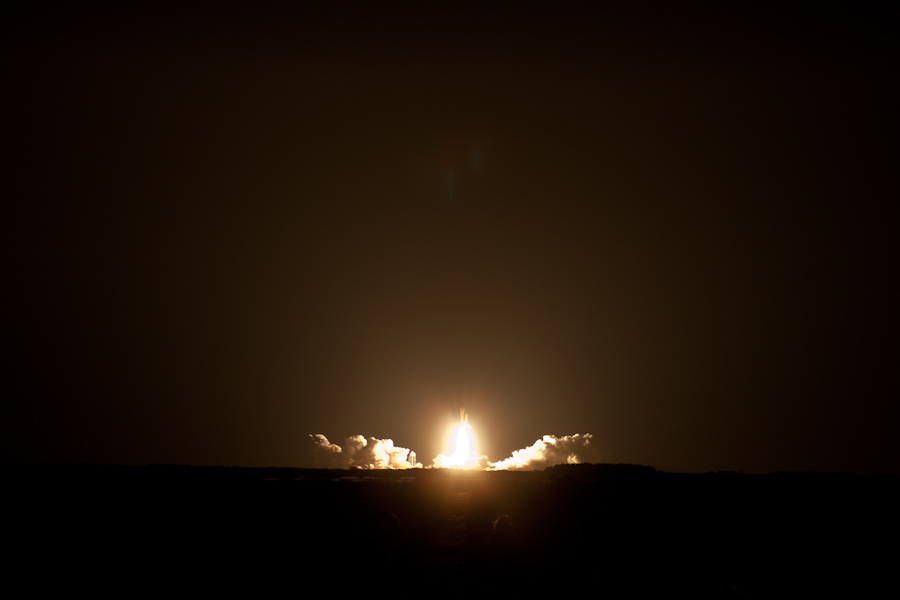Every 4th of July brings plenty of fireworks. Maybe it’s done to represent Francis Scott Key’s immortal words, penned upon seeing Old Glory raised over Fort McHenry during the War of 1812. I suspect the truth is that it’s done just because people enjoy explosions and bright lights. To me, “the rocket’s red glare” always reminds me of the space program. It could be because I can remember sitting in the gym at Franksville School staring at a small black-and-white TV as Alan Shepard sat atop a rocket at Cape Canaveral to become America’s first astronaut. Later I had the opportunity to analyze samples collected from the moon by the Apollo 11 and 12 missions. I was a student at the University of Wisconsin-Madison working on my degree in Chemistry and, thanks to a National Science Foundation Grant, had the good fortune to work with Larry Haskin’s research group. Professor Haskin was one of the Principle Investigators for NASA who studied the geochemistry of lunar samples.
I had never seen a rocket launch in person and had never even visited Cape Kennedy, so when I heard that there would only be a few more space shuttle missions, I decided it was time to go. Of the remaining launches, the April 2010 launch of the Discovery was the only one scheduled to be a night launch. We flew to Florida to take advantage of this opportunity.
At about 3 AM on launch day we made our way to Space View Park in Titusville, Florida. We found a place to park in a large field only a few blocks away and made our way through the crowds to find a view closer to the water. Near a garbage can we found a small open space to sit and wait. The moon was just setting.
As launch time neared the crowd quieted and began to pay attention to the countdown. With a few seconds to go the first flames could be seen at the base of the rocket. As the countdown hit zero the light intensified and clouds of steam and smoke billowed to each side of the launch pad. Then the sound arrived. Even though we were about 15 miles away the sound could not only be heard, it could be felt.

I had never seen a rocket launch in person and had never even visited Cape Kennedy, so when I heard that there would only be a few more space shuttle missions, I decided it was time to go. Of the remaining launches, the April 2010 launch of the Discovery was the only one scheduled to be a night launch. We flew to Florida to take advantage of this opportunity.
At about 3 AM on launch day we made our way to Space View Park in Titusville, Florida. We found a place to park in a large field only a few blocks away and made our way through the crowds to find a view closer to the water. Near a garbage can we found a small open space to sit and wait. The moon was just setting.
As launch time neared the crowd quieted and began to pay attention to the countdown. With a few seconds to go the first flames could be seen at the base of the rocket. As the countdown hit zero the light intensified and clouds of steam and smoke billowed to each side of the launch pad. Then the sound arrived. Even though we were about 15 miles away the sound could not only be heard, it could be felt.
As the rocket rose it didn’t get very high in the sky before it appeared to get lower as it headed away from the launch site and toward the horizon. Although the shuttle was soon out of site, the smoke trail that it left behind remained in the sky changing shape and color as the approaching sunrise started to light the sky.
Taking photographs of an intensely bright object in the dark is quite a challenge, but, I gave it a try. This image was taken at 1/125 second at f/4 with a 70-200mm lens. The glare wasn’t exactly red, but it was intense. I’ve posted a few more photos from this trip below.
Only one more shuttle launch remains and the space program as I’ve known it all my life will be over.
(Posted 7/5/11)